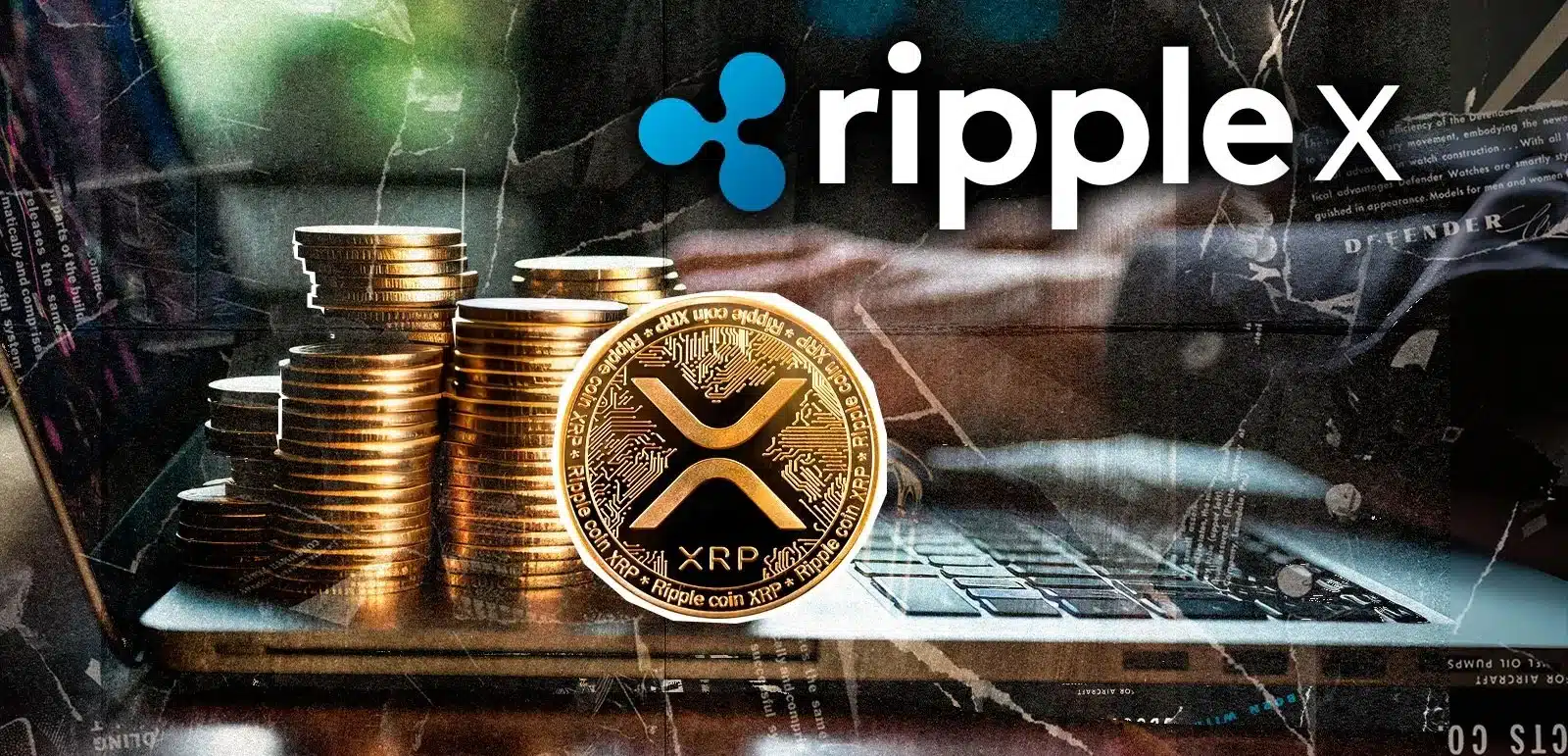- RippleX tests batch transactions, proving XRP Ledger’s efficiency and scalability.
- Engineers confirm XRP Ledger handles batch transactions without performance issues.
- RippleX’s batch transaction feature promises improved scalability for XRP Ledger.
RippleX has recently released a performance testing report that has generated significant excitement in the XRP community. The report outlines how Ripple’s XRP Ledger, with a new amendment that allows atomic execution of multiple transactions, continues to maintain its high performance.
RippleX engineers conducted a series of tests using Ripple’s mainnet infrastructure to evaluate how the network handles batch transactions. WrathofKahneman, an XRP enthusiast, has described the report as a valuable glimpse into Ripple’s network hardware.
Testing was performed in an environment that simulated the live mainnet specifications of Ripple, and the results covered a number of different kinds of transactions, such as XRP-to-XRP and IOU-Direct transactions. The findings indicated that batch transactions do not impede the XRP Ledger performance.
Quite the contrary, the network is still running effectively, a good sign for future updates. Batch transactions are important because a group of transactions can be combined and treated as a unit.
This would possibly enhance the XRP Ledger’s scalability and general usefulness. Performance testing of RippleX will guarantee that the addition of this feature will not affect the network’s smooth operation.
Instead, it will boost its ability to process a bigger volume of transactions.
Also Read: Why MicroStrategy’s Stock is a Turbocharged Bitcoin Investment Opportunity
RippleX Engineers Share Insights on Testing and Performance
Mayukha Vadari, a software engineer at RippleX, provided an essential perspective on the testing results. Vadari commented that network latency doesn’t play a significant role during feature testing. Instead, the performance of the new feature is compared against the baseline of regular transactions.
Vadari stressed that the performance change itself–the delta– between the new approach and current transaction types is the most important. This understanding assists in explaining the main aim of feature testing.
RippleX engineers do not aim to optimize solely based on speed but consider the effects of batch transactions on the efficiency and performance of the XRP Ledger.
By measuring the difference in the performance of standard transactions with batch transactions, RippleX will be able to ensure that the update will enhance the network without undermining its reliability. RippleX is still working on perfecting the batch transaction functionality to make it even more competitive.
With the further development of blockchain technology, scalability stands out as a key factor in the success of any network. The XRP Ledger will be even more efficient with batch transactions, which are in high demand as more people require high-velocity, low-cost transactions.
Early test results indicate that this feature will be a valuable addition, with more updates and improvements expected in the future.
Also Read: Cardano (ADA) Set to Surge: Golden Cross Signals Potential $3.48 Price Boom

